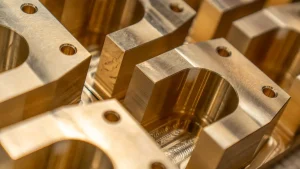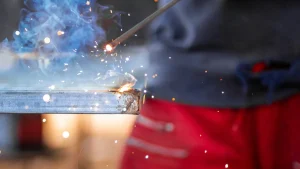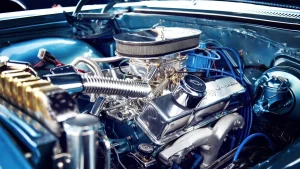シックコーティンググラファイト バレルの感受性は高温製造業の重要な部品として役立つ。 これらの専門ツールは、化学蒸気蒸着(CVD)や金属有機化学蒸気蒸着(MOCVD)などのプロセスのための安定したプラットフォームを提供します。 ザ・オブ・ザ・ 塗られるシック 表面は極度な熱および化学反応へのグラファイトの抵抗を高め、半導体の生産の信頼できる性能を保障します。 ザ・オブ・ザ・ SiCコーティング 厳しい条件下で、これらの感受性の完全性と耐久性を維持する上で重要な役割を果たします.
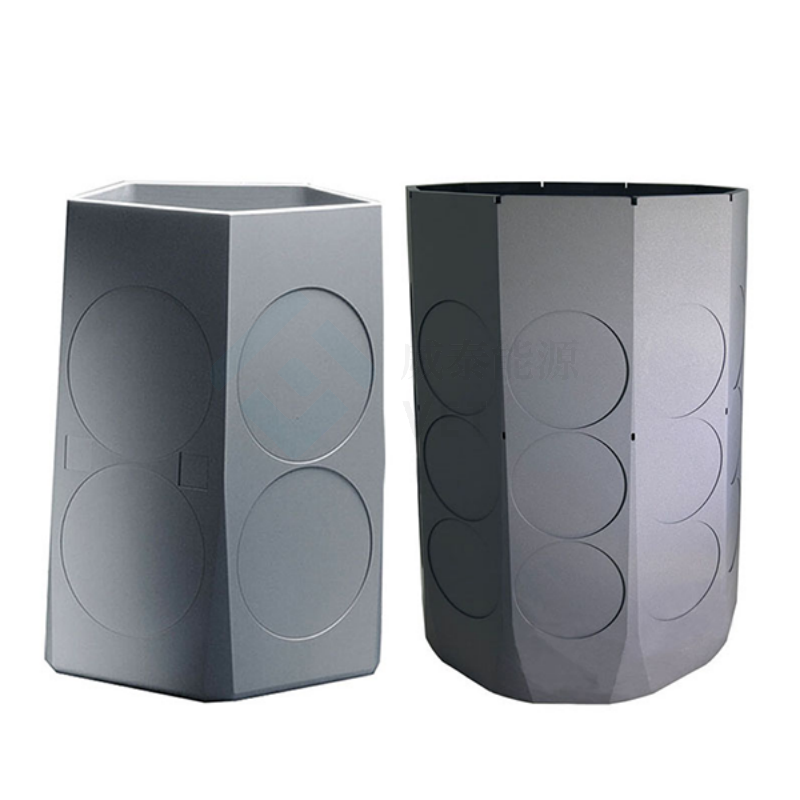
要点
- SiCコーティンググラファイト部品 安定した、錆びないで高い熱でよりよい働かせて下さい.
- タスク中に熱を均等に広げる 化学蒸気コーティング、同じ、非常に良質である半導体を作るのを助けて下さい.
- SiC-coatedのグラファイトを使用して修理費用を下げ、機械を長持ちさせ、高度の使用のためのお金を節約して下さい.
CVDとMOCVDにおけるSiCコーティンググラファイトの役割
化学蒸気の沈殿の感受性の機能
スセプターは、化学蒸気蒸着(CVD)プロセスにおけるピボタル役割を果たします。 これらのコンポーネントは、蒸着中に基質を保持するプラットフォームとして機能します。 熱を均等に吸収し、分配することによって、それらは精密な温度制御を保障します。 この均一性は、一貫した薄膜コーティングを達成するために重要です. シックコーティンググラファイトスセプター 構造的完全性を維持しながら極端な温度に耐える能力のために、この役割をExcel。 熱伝導性は、堆積プロセスの効率性を高め、高性能なアプリケーションで優れた結果をもたらします.
半導体製造におけるエピタキシャル蒸着の重要性
エピタキシャルの沈着は半導体の製造の礎石です。 基板上に結晶層を成長させ、電子機器の高品質な材料をつくります。 シリコンコーティングされたグラファイトスセプターは、このプロセスに必要な安定性と耐久性を提供します。 化学反応に対する抵抗は、堆積環境が汚染されていないことを保証します。 この品質は、欠陥のない半導体ウェーハの製造に不可欠です。 製造業者はマイクロチップおよびLEDsを含む現代電子工学の厳しい要求に会うためにこれらのsusceptorsに頼ります.
これらのアプリケーションで未処理のグラファイトでチャレンジ
非コーティングされたグラファイトはCVDおよびMOCVDの適用の重要な挑戦に直面します。 高温および反応ガスは寿命を減らす酸化および低下を引き起こします。 これらの問題は、堆積プロセスの品質を妥協し、メンテナンスコストを増加させます。 シックコーティングされたグラファイトは、酸化および化学的攻撃に対する保護バリアを提供することにより、これらの制限を克服します。 このコーティングは、サスペンサーの動作寿命を延ばし、要求の厳しい環境での一貫した性能を保証します.
SiCコーティングがグラファイトスセプターにとって重要な理由
高温環境における純粋なグラファイトの制限
純粋なグラファイトは高温環境で効果的に実行するのに苦労します。 その多孔質構造は、特に反応性ガスにさらされると、酸化に脆弱になります。 この酸化は材料を弱め、時間をかけて構造分解に導きます。 また、グラファイトの表面は、一定の堆積材料で化学的に反応し、不純物をプロセスに導入することができます。 これらの制限は、化学蒸気蒸着(CVD)や金属有機化学蒸気沈着(MOCVD)などの要求用途における信頼性と寿命を削減します。 製造業者は頻繁に増加された維持費に直面し、uncoatedグラファイトに頼るとき矛盾した結果.
性能と耐久性を高めるSiCコーティング
シリコンカーバイド(SiC)コーティングは、堅牢な保護層を提供することで、純粋なグラファイトの欠点に対処します。 このコーティングは、極端な温度でも、酸化や化学反応を防ぐバリアを作成します。 SiC-coatedグラファイトは熱安定性を非常に発揮し、強烈な熱で構造的完全性を維持します。 コーティングはまた摩耗および腐食への感受性の抵抗を高めます、かなり操作上の生命を拡張します。 耐久性・性能の向上により、高精度な製造工程で一貫した結果が得られます.
TaCのような代替コーティングとの比較
タンタルカーバイド(TaC)は、コーティンググラファイトの別のオプションですが、SiCと比較していくつかの領域で不足しています. TaCは優秀な熱抵抗を提供します しかし、化学的安定性の同じレベルが欠けています。 蒸着環境を損なうことができる特定のガスと反応する方が良いでしょう。 一方、SiCコーティンググラファイトは、熱安定性、耐薬品性、耐久性のバランスの取れた組み合わせを提供します。 これにより、高性能と長期的信頼性の両方を必要とするアプリケーションに好まれる選択肢になります.
SiC上塗を施してあるグラファイトのバレルのスセプターの利点
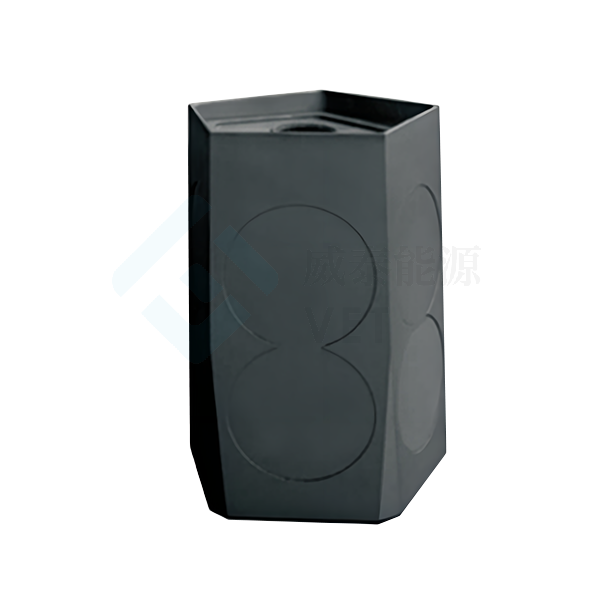
極端な温度のための熱安定性
SiCコート・グラファイト・バレル・サセプター 高温製造に欠かせない熱安定性を発揮します。 炭化ケイ素のコーティングは構造の完全性を失うことなく、これらのコンポーネントが極端な熱に耐えることを可能にします。 この安定性は、化学蒸気蒸着(CVD)などの精密な温度制御を要求するプロセスでも、一貫した性能を保証します。 コーティングは熱膨張を最小にし、変形や割れの危険性を減らします。 メーカーは、薄膜蒸着の品質を高め、機器の故障によるダウンタイムを削減するので、この信頼性の恩恵を受ける.
腐食および酸化への抵抗
高温環境で重要な課題を腐食・酸化する。 SiC-coatedグラファイトは、反応性ガスや化学物質に対する保護バリアを形成することにより、堅牢なソリューションを提供します。 この抵抗は、受容体が過酷な条件で影響を受けず、長時間にわたる機能性を維持していることを保証します。 コーティングは不純物の形成を防ぎます、妥協できる 半導体ウェーハの品質. . 化学分解に抵抗することで、これらの受容体は、欠陥のない電子部品の製造に不可欠である、クリーナーとより制御された製造環境に貢献します.
製造工程における導電性と長寿の向上
SiC上塗を施してあるグラファイトのバレルの感受性は製造の間に熱配分を改善する高められた熱伝導性を提供します。 基板全体に均一な温度を確保し、エピタキシャル蒸着などの一貫した結果をもたらします。 炭化ケイ素のコーティングはまた摩耗および破損からそれを保護することによってsusceptorの寿命を拡張します。 この耐久性は、交換の頻度を減らし、メーカーの運用コストを削減します。 改善された伝導性および長寿の組合せはこれらの感受性を高度の製造業の適用のための費用効果が大きい、有効な選択させます.
SiC-coatedのグラファイトのバレルの感受性は高度の製造業のpivotal役割を担います。 効率性、耐久性、製品品質を向上する能力は、それらを不可欠にします。 これらのコンポーネントは、高温環境での信頼性の高い性能を保証します。 半導体業界における成長する採用は、現代の電子機器および高精度製造プロセスの要求を満たすことの重要性を強調しています.
よくあるご質問
SiC-coatedグラファイトバレルスセプターは、光沢のないグラファイトよりも優れていますか?
SiCコーティンググラファイト 高められた熱安定性、酸化抵抗および耐久性を提供します。 これらの特性は高温製造業の環境の一貫した性能そして長い寿命を保障します.
SiCコーティングは半導体製造プロセスを改善する方法か?
SiCコーティングは汚染を防ぎ、均一熱配分を保障し、化学分解に抵抗します。 これらの特徴は、欠陥のない半導体ウェーハに貢献し、製造効率を向上させます.
SiC-coatedグラファイトバレルスセプターの代替品はありますか?
タンタルカーバイド(TaC)は代替品です。 しかし、SiCは、より優れた耐薬品性と耐久性を提供し、最も高精度な用途に好ましい選択肢を提供します.
製品の詳細については、下記までお問い合わせください。 steven@china-vet.com またはウェブサイト: www.vet-china.com.


